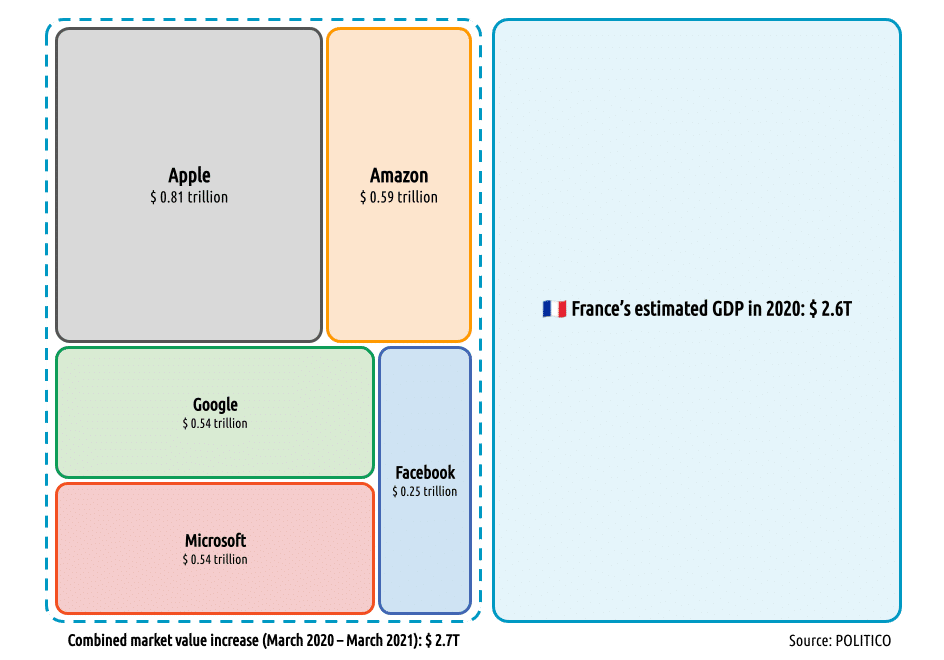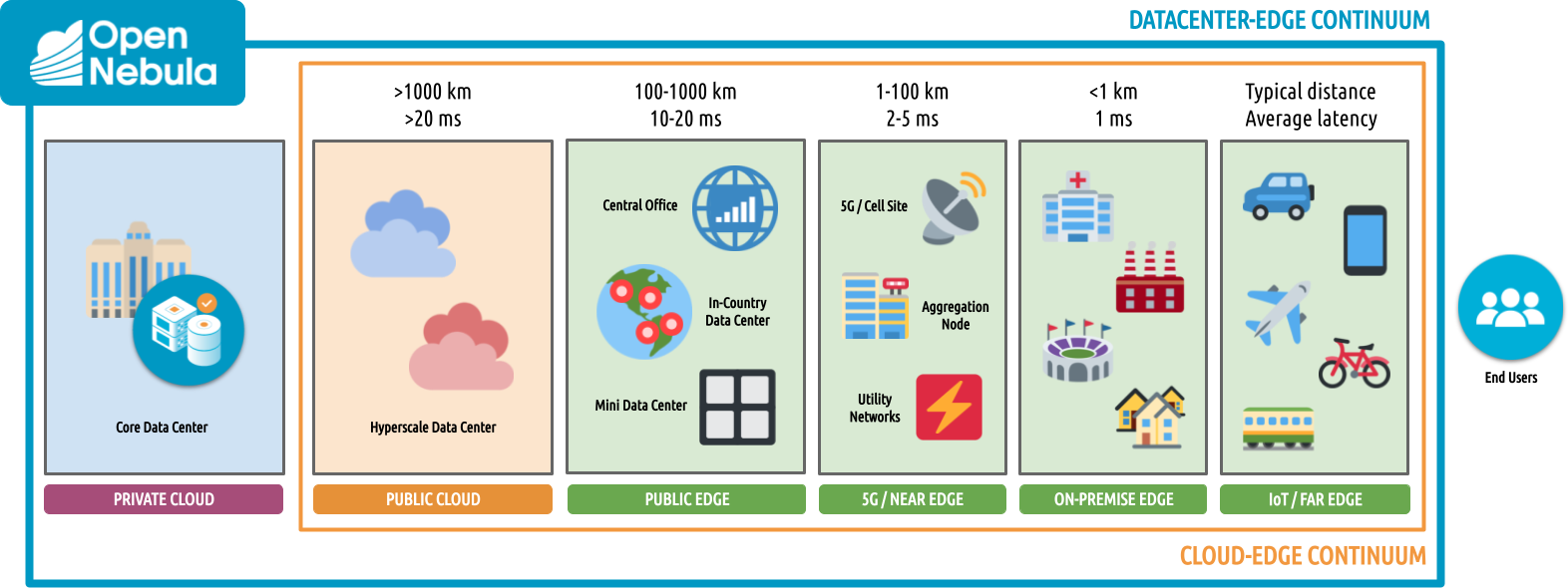Last month, Andreessen Horowitz partners Sarah Wang and Martin Casado published the blog post The Cost of Cloud, a Trillion Dollar Paradox in which they defined the paradox of the cloud:
“On one hand, it is a major decision to start moving workloads off of the cloud. For those who have not planned in advance, the necessary rewriting seems SO impractical as to be impossible; any such undertaking requires a strong infrastructure team that may not be in place. And all of this requires building expertise beyond one’s core, which is not only distracting, but can itself detract from growth (…) But on the other hand, we have the phenomenon we’ve outlined in this post, where the cost of cloud “takes over” at some point, locking up hundreds of billions of market cap that are now stuck in this paradox: You’re crazy if you don’t start in the cloud; you’re crazy if you stay on it (…) with hundreds of billions of dollars in the balance, this paradox will likely resolve one way or the other: either the public clouds will start to give up margin, or, they’ll start to give up workloads.”
They found that the cloud accounted for 50% of the cost of goods sold (COGS) in the top 50 public Software-as-a-Service companies—and with the number of public software companies growing, the problem adds up to $100 billion in market value. That’s a huge strain on those companies’ business, especially as they often spend hundreds of millions of dollars on multi-year deals with AWS, Microsoft, or Google. The post has kicked off a hot debate on Twitter, Reddit, Hacker News, and within the industry.
Is Cloud Really OpEx When Used at Scale?
This debate is not new. Snap said in 2017 that it had committed to spending $2 billion over five years on Google and $1 billion over five years on AWS. Those original commitments suggested Snap would pay $600 million a year to the two providers for cloud resources. In early 2019, Lyft‘s IPO prospectus included a commitment to spend at least $300 million on AWS over three years—from the beginning of 2019 through 2021. The company must spend at least $80 million in each of those years on AWS services, the filing said.
The questions are, is cloud really OpEx if a company ends up having to accept this type of commitment with the provider? Could Snap and Lyft have done it cheaper by hosting it on-premises? Possibly, but probably not. There are many technical, business, and economic aspects to consider when comparing public with private cloud. Our position is that essentially these companies needed the flexibility and power of a platform like AWS or Microsoft Azure to reach the scale needed to run a successful business, but after a certain tipping point they also needed to combine public cloud infrastructure with cost-effective private cloud resources to achieve infrastructure-cost optimization.

“I think there is a world market for maybe five computers clouds”
The majority of cloud spend is currently directed toward an oligopoly of four companies: Amazon Web Services, Microsoft Azure, Google Cloud, and Alibaba Cloud collectively represent 75% or more of the cloud infrastructure services market, and their share concentration is increasing. In aggregate, the big four are growing their cloud infrastructure services revenues much faster than the next 20 largest cloud providers. In a way, the statement attributed to Thomas Watson, the founder of IBM, may have been right: “I think there is a world market for maybe five computers” if we analyze the public cloud market evolution and consider a cloud as a kind of distributed computer.
According to the European Commission analysis of the Strategic Dependencies and Capacities of the EU Industrial Strategy, released in May 2021, that market structure is one of the main vulnerabilities of the European industry. A few large, non-EU cloud providers dominate the public cloud market in Europe. The top four global leaders in the public cloud infrastructure market are also among the most popular cloud providers for European businesses and governments. According to Synergy Research Group’s data, only a few EU cloud and telco providers (e.g. OVH cloud, Deutsche Telecom, Orange, KPN) are challenging their popularity but to a very limited extent and within selected national markets in the EU. The vendor lock-in practices, unfair contract terms, data protection and cybersecurity risks as well as the lack of suitable cloud offering to satisfy the needs of EU cloud customers are the most common problems for European cloud users and, as such, are the main reasons for a low cloud uptake in the EU—something that is contributing to slow down Europe’s digital transformation and the consolidation of a new data-powered economy.
What Are the Savings of Cloud Repatriation?
The exact savings of repatriation obviously vary by company, but according to the blog post by Sarah Wang and Martin Casado, several experts claim that “repatriation results in one-third to one-half the cost of running equivalent workloads in the cloud. Furthermore, a director of engineering at a large consumer internet company found that public cloud list prices can be 10 to 12x the cost of running one’s own data centers. Discounts driven by use-commitments and volume are common in the industry, and can bring this multiple down to single digits, since cloud computing typically drops by ~30-50% with committed use. But AWS still operates at a roughly 30% blended operating margin net of these discounts and an aggressive R&D budget—implying that potential company savings due to repatriation are larger. The performance lift from managing one’s own hardware may drive even further gains.”
The pattern is consistent: if you’re operating at scale, the cost of cloud can at least double your infrastructure bill. Supporting these estimates, a few years ago we already published an article about The Limits to Cloud Price Reduction where we showed how potential savings due to repatriation are larger if the following conditions are met: 1) that a private cloud can achieve statistical and other economies of scale; 2) that it can leverage best practices and open standards such as Open Compute server designs and open source solutions like OpenNebula; and 3) that the firm can procure equipment or even full data centers at competitive prices through volume discounts.

Prepare for Cloud Repatriation Up Front
So what can companies do to free themselves from this paradox? Companies need to think about cloud repatriation up front, optimize early, and apply a vendor-neutral approach from the very beginning. Much of the debate around the Andreessen Horowitz blog post is focused on the question of repatriation, with many arguing that most companies don’t have the time, money, or technical expertise to build a data center that will completely replace AWS.
Our goal at OpenNebula is to make multi-cloud easier to deploy and manage. Our new OpenNebula 6.0 ‘Mutara’ brings a powerful distributed Multi-Cloud Architecture that is composed of Edge Clusters that can run any workload—Virtual Machines, application containers, and Kubernetes clusters—on any resource—bare-metal or virtualized—anywhere—on-premises, on the cloud, or at the edge. This innovative approach enables true hybrid and multi-cloud computing by combining public and private cloud operations with workload portability and unified management of IT infrastructure and applications.
According to several studies, multi-cloud platforms can save companies 40-60% on IT expenses over time. This is how OpenNebula can help your organization to achieve that:
- Flexible Cost Management. Multi-cloud offers flexible cost options. Depending on the application, companies can choose the CapEx model of the on-premises resources or the OpEx model of the cloud providers.
- No Vendor Lock-In. Because OpenNebula is 100% software-based, IT organizations can use the hardware, hypervisor, and cloud services of their choice. This gives companies total control over the cost and performance of their IT infrastructure.
- Lower Operational Costs. Using public and private clouds reduces the management burden on IT. OpenNebula automates the deployment of the multi-cloud architecture on the cloud resources and offers uniform control and management layers. Your staff does not need to learn the specifics of the multiple providers.
- Easy Repatriation of Workloads. Using public clouds through OpenNebula allows you to very easily run your workloads across cloud providers, and repatriate all or part of your workloads to on-premises infrastructure when cloud costs start to catch up. This is a modest investment early on that considerably reduces the work needed to repatriate workloads in the future.
- Incrementally Repatriate Workload. OpenNebula allows repatriation incrementally and in a hybrid fashion. Our experience is that for most companies, the optimal cost is achieved by retaining a percentage of workload in the cloud.
Ready to try it out? We are looking forward to your feedback!
🚀 Looking for an open source multi-cloud platform? OpenNebula 6.0 ‘Mutara’ comes with new features for deploying edge and multi-cloud environments, incorporating resources on-premises, on the cloud, or at the edge—so try it out for yourself!






0 Comments